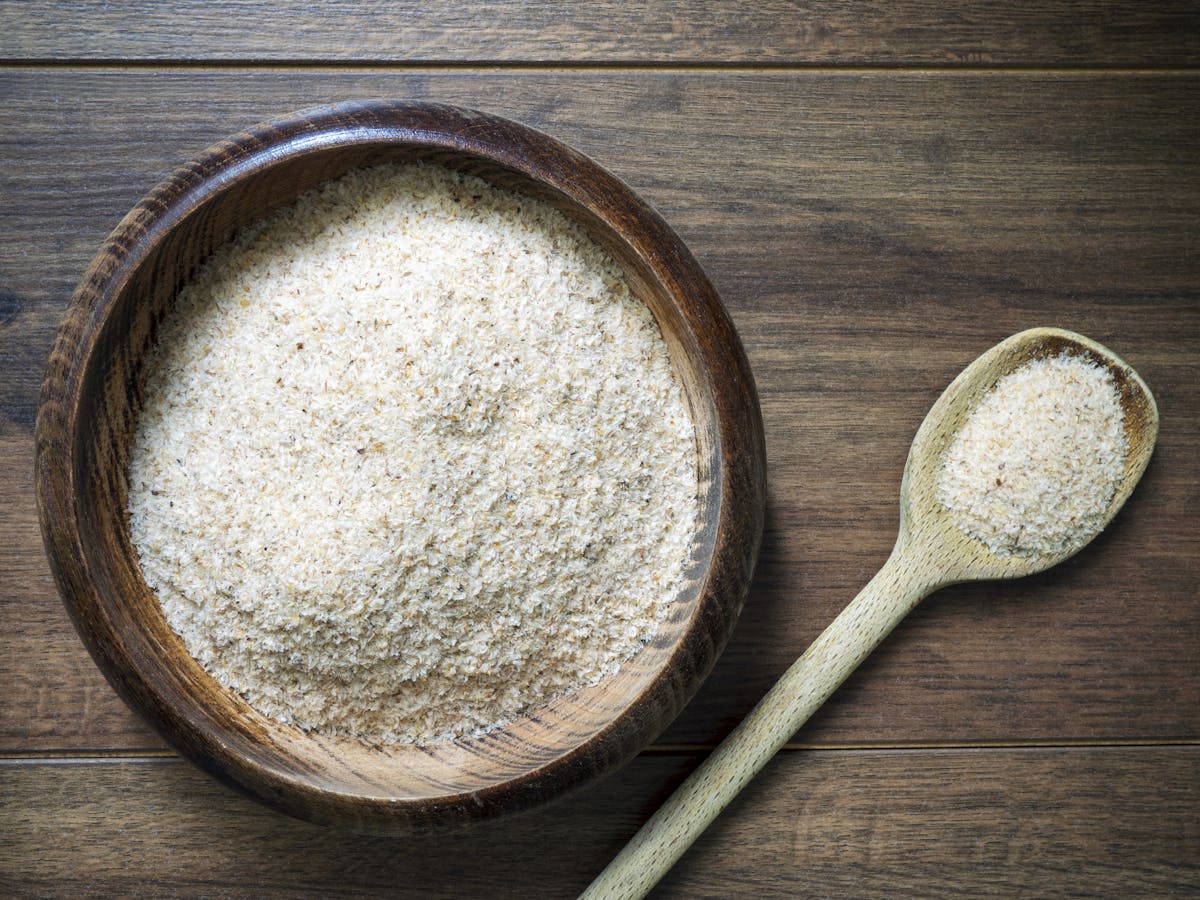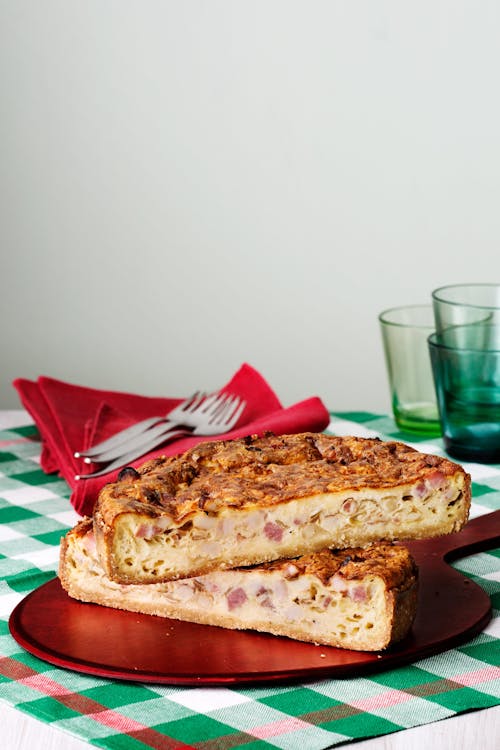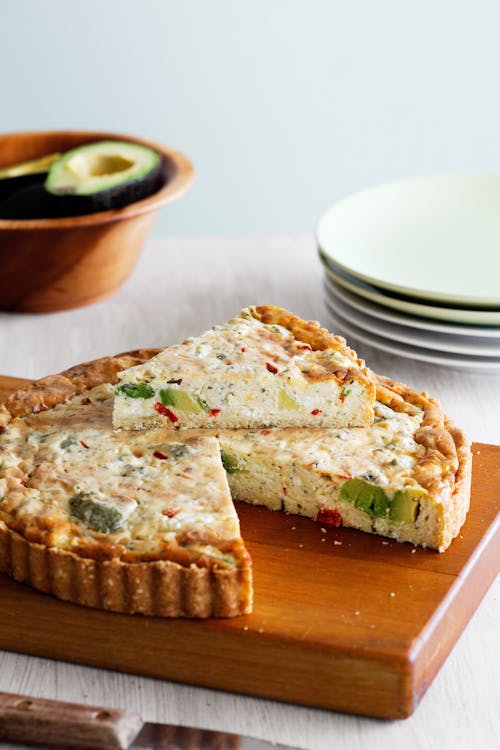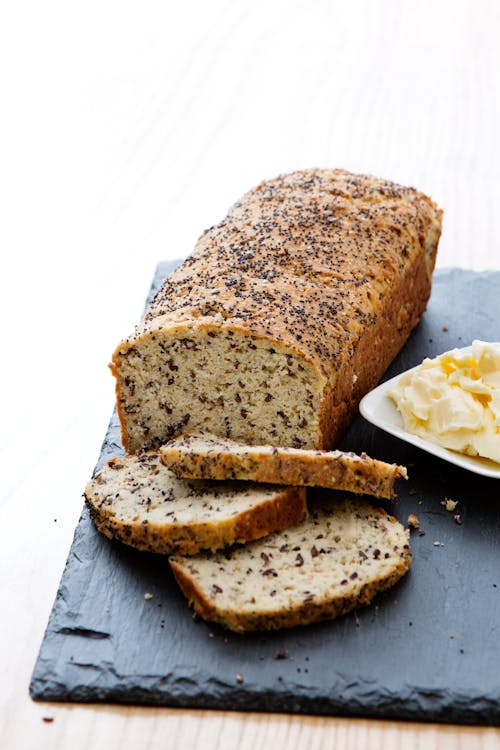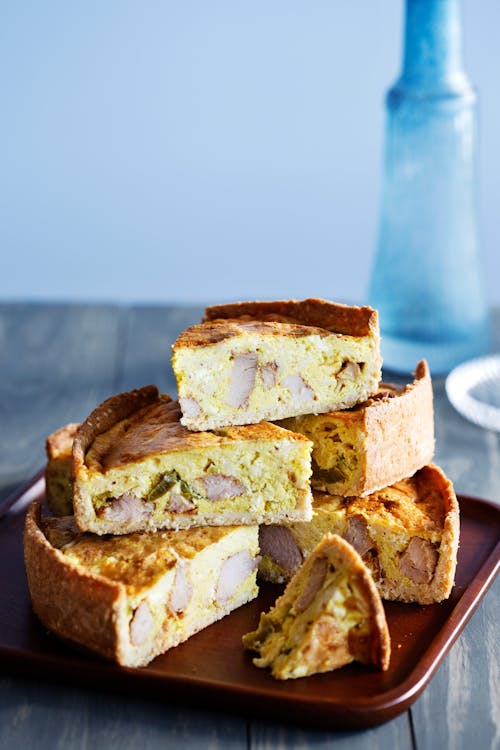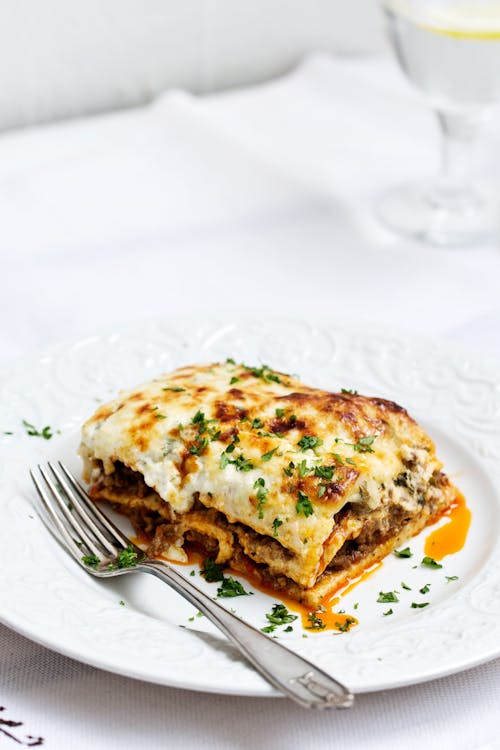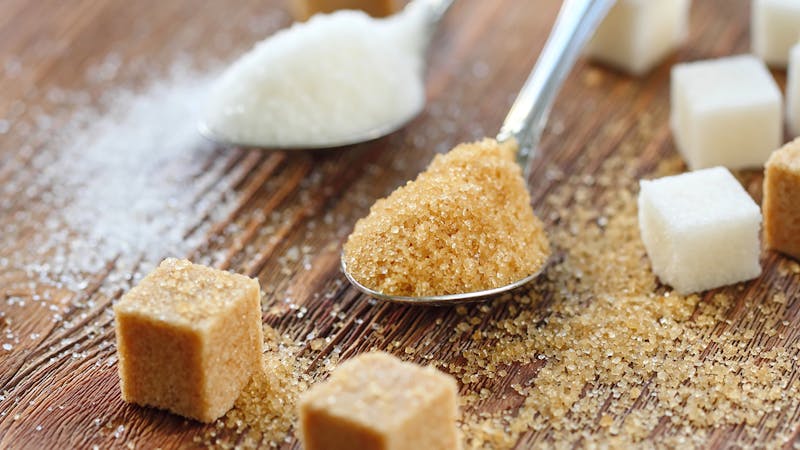Psyllium husk guide
What is psyllium husk? | Health effects | Side effects | Benefits in cooking | How to use | Substitutions | Where to find
Psyllium husk has received its fair share of attention within the low-carb community. But what is it, exactly? And what is its role in keto and low-carb baking? Read on to find out all about psyllium husk and how to get the best results when using it.
What is psyllium husk?
Psyllium seed comes from a plant known as Plantago ovato, which is native to southern and western Asia. The seed is covered by psyllium husk, which is a rich source of viscous soluble fiber (the type that absorbs water to form a gel). In fact, nearly all of the carbs in psyllium husk come from fiber. In some countries, and in some health care centers particularly in the UK and Europe, it also goes by the name ispaghula husk.
One tablespoon (5 grams) of whole psyllium husk (as pictured above) contains 4 grams of carbs in the form of indigestible fiber, of which most is soluble fiber.
Psyllium husk can also be ground into a powder, the form most often used in cooking. Because it is more concentrated, one-half tablespoon (5 grams) of psyllium husk powder has the same nutritional composition as one tablespoon of whole psyllium husk.
As the active ingredient in the stool-softeners Metamucil and Fybogel, psyllium husk is best known for its laxative properties.
What are the health effects of psyllium husk?
Research suggests that psyllium husk may provide several potential benefits:
- May help control blood sugar: By forming a gel with water, psyllium husk can slow down the movement of food through your digestive tract and the absorption of glucose into your bloodstream. A large review of 35 studies found that taking 5-20 grams of psyllium per day significantly lowered fasting blood sugar and HbA1c values in people with diabetes and prediabetes.This effect is likely noticeable mostly for people who eat a significant amount of carbs. On a strictly low-carb or keto diet it may not help much, as there is far less glucose to be absorbed from the food in the first place.
- May improve some heart health markers: Psyllium can bind to bile acids, which may help lower LDL cholesterol levels. Additionally, psyllium has been shown to decrease triglycerides and increase HDL cholesterol, which may reduce heart disease risk.
- May improve stool consistency: Because of its strong water-holding capacity, psyllium husk has a potentially positive effect on bowel function: It may improve both constipation and diarrhea.
Does psyllium husk have any side effects?
Unlike many other soluble fibers, psyllium husk isn’t readily fermented by bacteria in your colon. Therefore, it’s less likely to cause excess gas or other digestive issues. However, if you take a large amount of psyllium husk (greater than 15 grams per day), you might experience bloating, GI discomfort, or increased gassiness.
A good rule of thumb is to introduce a small amount of psyllium husk into your diet initially and gradually increase it.
When consumed with adequate fluid and in moderate amounts, psyllium husk is considered safe. Like other types of fiber, consuming large amounts of psyllium without taking in enough fluid can lead to constipation or even an intestinal blockage, in the worst case (and very rarely).
Overall, allergic reactions to psyllium are rare. However, they have been reported, primarily among health care workers who are exposed to large amounts of psyllium in laxatives given to patients. Although components in the seed rather than the husk are responsible for the reaction, researchers report that these components sometimes remain in psyllium husk powder.
The benefits of using psyllium husk in keto and low-carb cooking
Psyllium husk can be a very useful ingredient in low-carb cooking, especially baking.
For many people, giving up bread, pizza, bagels, and other baked goods when going low-carb or keto is even harder than forgoing sweets.
Fortunately, psyllium can help you recreate keto-friendly, gluten-free versions of these and other high-carb favorites because of its ability to replicate their texture. It enables bread to hold more moisture and achieve a light, airy consistency. In addition, it helps make dough more pliable, making it easier to handle and shape or roll out.
Our top recipes with psyllium husk
Basic tips and expectations for using psyllium husk in baking
- Make sure you use the form of psyllium husk specified in the recipe. For instance, in most of our recipes – including our popular keto bread and keto quesadillas – ground psyllium husk powder is used. However, psyllium husk is also sold whole, and some recipes may call for it. You can see what whole psyllium husk looks like in the image at the top of this guide. Psyllium husk powder is sold as much finer particles of ground psyllium husk. If you have whole psyllium husk but a recipe specifies psyllium husk powder, grind the husk in a coffee grinder prior to measuring it out.
- In some cases, your finished product may appear purple. Although this hasn’t happened to Diet Doctor’s recipe team, there are some online reports of bread and other baked goods turning purple when certain brands of psyllium husk are used. This does not affect the taste, consistency, or safety of the product, however.
- Start slow when introducing psyllium husk into your diet. It’s a good idea to start eating no more than a teaspoon a day in order to give your digestive tract time to adjust.
- Make sure to drink plenty of water or other fluid when eating products made with psyllium husk. As a soluble fiber, psyllium requires water to form a gel, and not drinking enough fluid when consuming it could result in constipation. Aim for a minimum of 250 ml (8 ounces) of water per teaspoon of psyllium.
Substitutions for psyllium husk in low carb baking
Pysllium husk can be tricky ingredient to substitute, but if you are having trouble getting hold of it where you live, there are some possible substitutions.
Ground chia seeds can often be used in place of psyllium in a 1:1 ratio. Just substitute 1 teaspoon of ground chia seeds for 1 teaspoon of psyllium.
Xanthan gum is another option, but far less is needed. You can substitute 1 teaspoon of xanthan gum for 1 Tablespoon of psyllium.
Keep in mind that these substitutions may not work in every recipe and that there may be minor changes in taste or consistency with any of these alternatives.
Where to find psyllium husk
- Grocery stores: Psyllium husk can be found in some of the larger grocery stores in the United States and Europe. It is usually found in the gluten free baking sections, health food sections or in the same section as nuts and seeds.
- Health food stores
- Pharmacies: Some pharmacies also stock psyllium husk because of its laxative effect when used in larger quantities. Take extra care to watch out for added sugars or other additional ingredients if you use this option.
- Online: Perhaps the easiest way to get hold of psyllium husk, depending on where you live, is online. You can simply search “buy psyllium husk” in Google or use your favorite online store.
Especially when you buy online, pay special attention to whether the recipe calls for psyllium husk powder or whole psyllium husk, and make your purchase accordingly.
Franziska Spritzler, RD